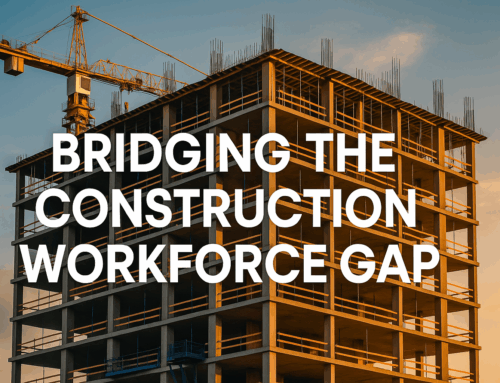The construction sector recently witnessed a notable shift: a decrease in nonresidential construction spending. This change ends a 17-month period of consistent growth, ushering in new dynamics for the industry, particularly in hiring and employment. Understanding these changes is crucial for construction companies and recruiters.
The End of a Growth Streak
November 2023 marked a slight dip in nonresidential construction spending, bringing the seasonally adjusted annual rate to $2.0501 billion. This decline, primarily in public-sector activity, contrasts with the private sector’s continuous growth. Such disparities between the public and private sectors are critical in comprehending the overall industry landscape.
Hiring Implications in Construction
This spending decrease has significant implications for hiring. The construction industry already faces a labor shortage, needing an additional 546,000 workers in 2024 to meet demand. With the highest level of job openings on record, the sector is under pressure. The decline in spending might further influence hiring trends, making strategic recruitment more important than ever.
Sector-Specific Growth and Opportunities
Despite the overall downturn, certain sectors like manufacturing-related construction have seen robust growth. Educational, healthcare, and power construction also report significant increases. These growing sectors represent potential hotspots for job opportunities, indicating a need for skilled professionals.
Looking Ahead: Industry Outlook and Challenges
Looking forward, the construction industry’s spending and hiring trends are expected to moderate. Challenges such as inflation and rising costs continue to impact the sector. However, areas like reconstruction work are on the rise, driven by sustainability interests.
Navigating the Talent Shortage
The dip in spending will likely amplify existing recruitment challenges that are already acute across the construction industry. The majority of firms report serious difficulty finding skilled workers, as hiring qualified talent has become hugely problematic. Open positions span most construction occupations – from electricians and carpenters to crane operators and project managers.
Industry experts have directly linked this labor shortage to increased costs and missed deadlines. As spending declines, recruitment issues could worsen without concerted efforts around talent pipelining, training programs, and enhanced sourcing techniques. Prioritizing these areas now will give firms a valuable competitive edge.
Regional Differences and Migration Trends
The hiring crisis also varies significantly by location, with some states much more severely impacted. Many contractors have highlighted massive talent deficits in parts of the Midwest and New England. At the same time, some southern and western states are seeing stronger growth.
These disparities have fueled migration away from struggling markets towards booming areas with major construction activity. The spending decline could potentially accelerate this trend. Savvy recruiters have begun targeting locations with rich talent pools, while emphasizing relocation packages and quality of life perks to draw interest.
Focusing on specific regional hiring trends and workforce migration patterns allows firms to tailor strategic recruiting efforts to locations that offer the greatest access to skilled construction workers.
Conclusion
The recent decrease in nonresidential construction spending is a pivotal moment for the industry, especially in the context of hiring. As companies navigate these changes, strategic hiring becomes essential. For expert assistance in adapting to these evolving trends, contact us for your hiring needs.






